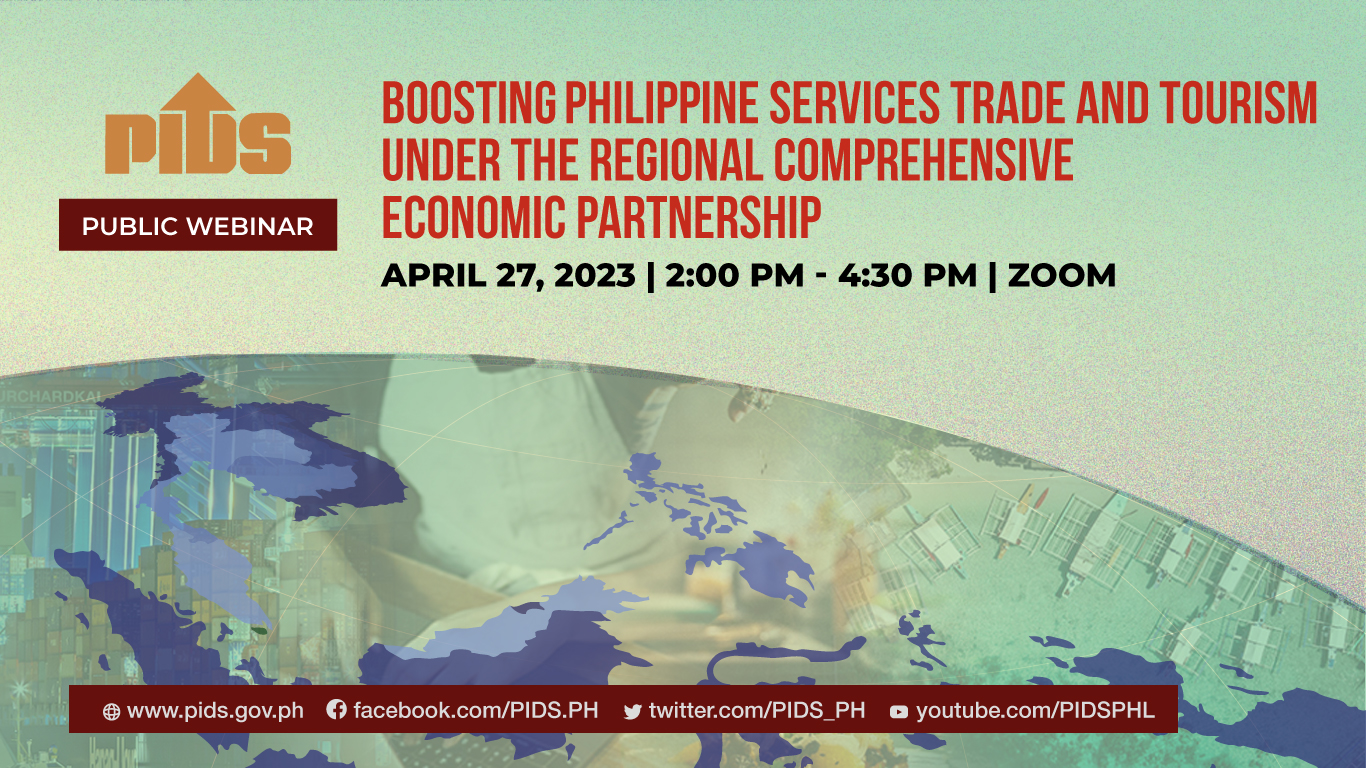THE participation of local small and medium enterprises (SME) in supply-chain trade is among the lowest in Asean, a situation that can be remedied through increased financial access, better infrastructure and reforms in the ease of doing business, according to the Asian Development Bank (ADB).
Dr. Ganeshan Wignaraja, advisor at the ADB Economic Research and Regional Cooperation, said the Philippine SMEs’ participation rate in value-chain trade is just at 20.1 percent.
This is based on the preliminary results of the survey done for Wignaraja’s study, titled "Factors Affecting Entry into the Supply Chain Trade: An Analysis of Firms in Southeast Asia.”
In Thailand, 29.5 percent of the SME base is present in the value-chain trade; in Malaysia, 46.2 percent; Vietnam, 21.4 percent; and India, 11.5 percent. Indonesia’s engagement rate is the lowest, as only 6.3 percent of SMEs in the country are able to enter the global value chain of larger firms.
Value-chain trade refers to activities that are part of a larger firm’s production network. The survey was done with a total sample of 5,900 firms across the five economies.
In terms of the size of enterprises, larger firms in the Philippines are able to penetrate the value-chain trade more, with 51.1 percent of all large companies taking part in the global value chain.
Access to credit
A key constraint affecting the participation rate of SMEs, Wignaraja said, is access to credit.
"I think this is a particular problem in this country. The credit gap in Asia affects 9 million firms across the region…in the Philippines the interest rate is very high…credit is a problem. A policy implication for me is how do we involve the banking sector in financing firms to become more competitive?” he said.
Credit gap is the difference between formal credit provided to SMEs and total estimated potential need for formal credit, Wignaraja said.
For the Philippines, the credit gap is estimated at $2 billion, or roughly $59,000 credit value per enterprise.
To respond to the gaps in the financial system, Wignaraja recommended the introduction of better credit rating and databases, expansion of partial credit guarantees, introduction of innovative schemes to expand collateral and scaling up of microfinance and have it linked to the financial system.
Other factors hindering better participation of SMEs are infrastructure and ease of doing business,
citing a World Bank-International Finance Corp. study.
"The problem is, it takes 34 days and 16 procedures to set up a business according to the World Bank, and a second problem is that even if infrastructure spending is growing, from 2.1 percent of GDP in 2012, from around 1.4 percent in 2008, the real issue is to do well and have world class infrastructure, it has to be at least 3-percent to 3.5-percent GDP,” recommended Wignaraja, citing that China spends at least 6 percent, while India has doubled its infrastructure spending.
Addressing these problems, Wignaraja said, is significant, as SMEs contribute 63 percent to total employment in the Philippines, and currently contribute around 35.7 percent of GDP.
FTA utilization
In other countries, Assistant Secretary for Industry Development and Trade Policy Rafaelita M. Aldaba said SMEs’ share in total employment is at 75 percent.
Aldaba said the final results of a nationwide survey polling the awareness and utilization of manufacturing micro, small and medium enterprise (MSME), numbering to around 1,000 firms, of the country’s various free-trade agreements (FTAs) will be released in the first quarter of 2016.
"This covers NCR [National Capital Region], Calabarzon [Cavite, Laguna, Batangas, Rizal, Quezon], Central Luzon, Davao, Cebu and Iloilo. The preliminary result on awareness is around 50 percent,” Aldaba said on the sidelines of the Board of Investments’s Global Value Chains Conference, held on Monday.
The trade official said that according to preliminary results, lack of information has been cited as the primary reason for the low awareness rating, as well as the complexity of the FTA regulations.
For the utilization, Aldaba cited a previous study of the Philippine Institute of Development Studies, which pegs the utilization rate at 30 percent.
The trade official said this rating is comparable to other Asean members, so the Philippines is not necessarily a laggard. Aldaba said according to the SME Development Plan of the government, they are aiming for MSME contribution to GDP to increase from around 35 percent to 40 percent from 2011 to 2016.
SME credit gap
The ADB said the Philippines still needs to improve the financial system to close the $2-billion credit gap for SMEs. The unmet credit could increase, depending on the robustness of SMEs. "It [credit gap] could go higher, depending on where SMEs would be. SMEs have an important role in Asean integration and the Philippine growth to maintain the 6-percent plus GDP growth,” he said.
"The government has to improve, by privatizing government banks and further opening up the banking sector by allowing entry of more foreign banks so that we have more financing options. And then, scale up the microfinance. They must also adopt innovative scheme to improve collection, have better credit rating and guarantee system,” he told the BusinessMirror.
He also stressed the need to foster stock- and bond-market development and ensure adequate macroprudential regulation and capacity. "Banks and nonbanks must increase lending to SMEs. With the Asean integration, we will have more business opportunities that need financing,” he said.//
Access to credit, red tape impede SMEs’ trade gains












